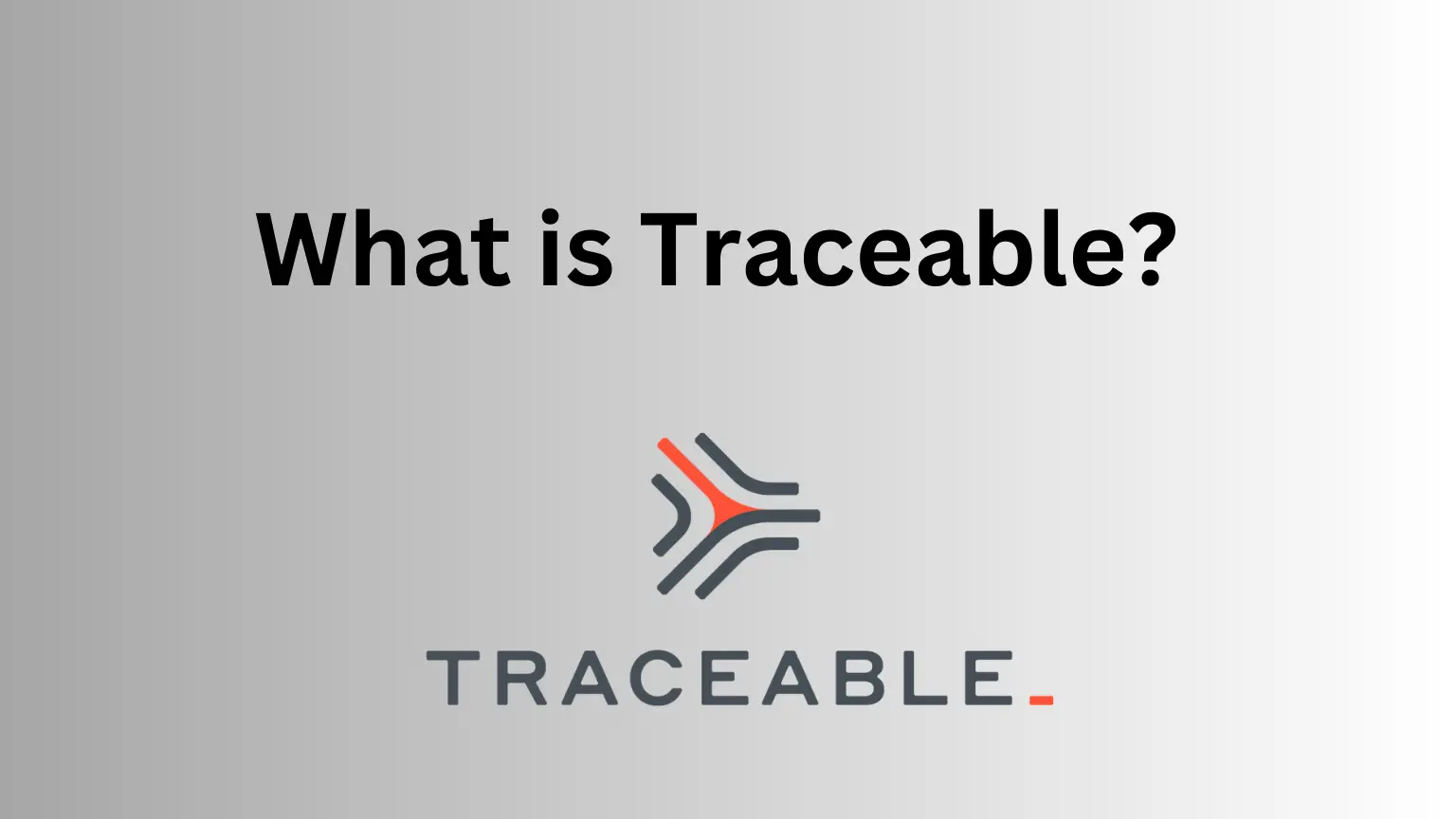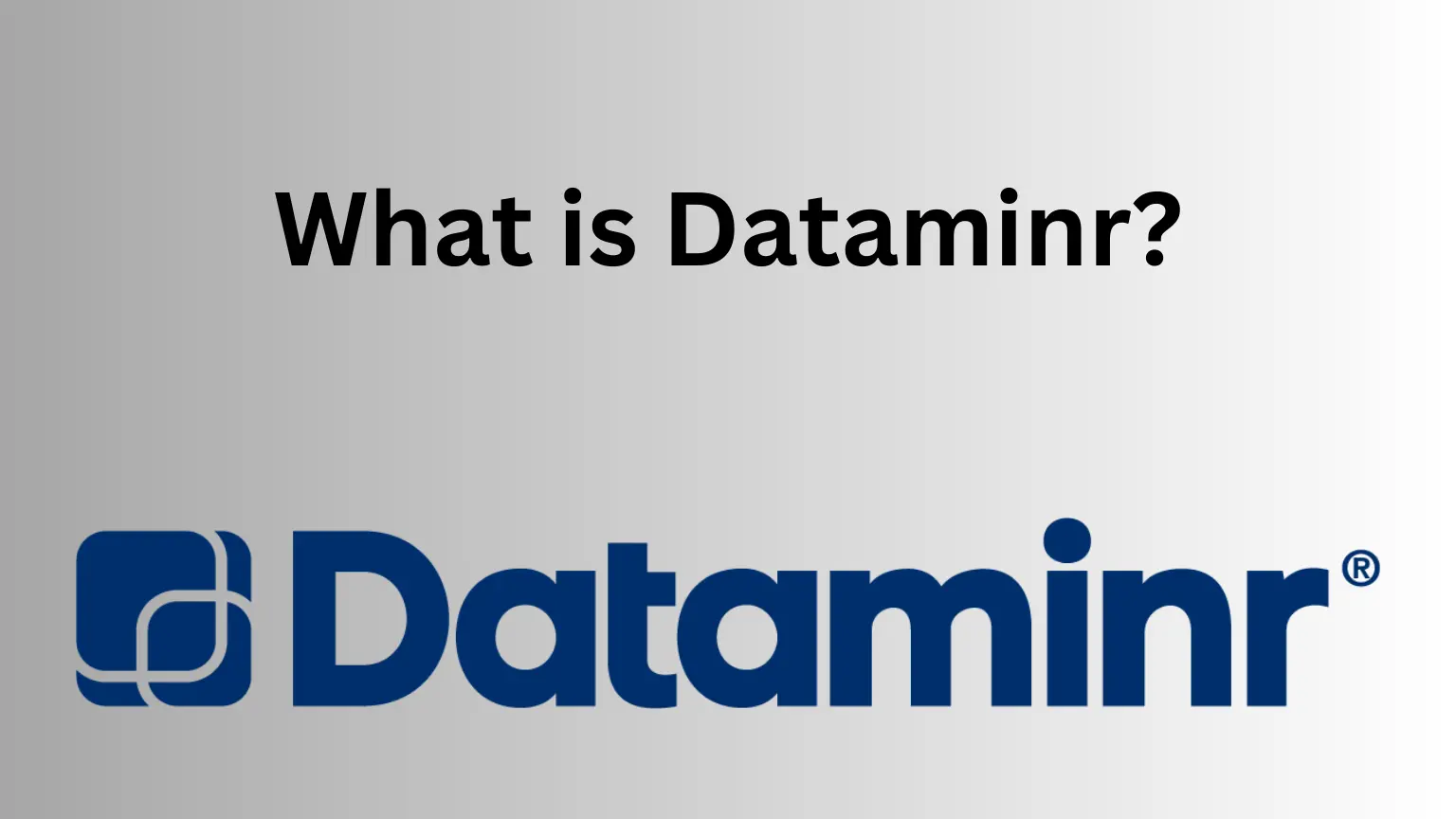In today’s data-driven world, businesses need powerful data warehousing solutions that can handle large amounts of data, provide scalability, and offer flexibility. Snowflake and Oracle are two of the most popular data warehousing platforms available, each with its own strengths and capabilities.
Choosing between the two can be a daunting task, especially for those who are new to the field. In this blog post, we’ll compare Snowflake vs Oracle, highlighting their key differences and helping you make an informed decision about which platform is best suited for your organization’s needs. Whether you’re a data analyst, data engineer, or IT decision-maker, this guide will provide valuable insights into these two powerful data warehousing solutions.
About Snowflake:
Snowflake is a cloud-based data warehousing platform that is designed to handle structured and semi-structured data from various sources. It centralizes data from multiple sources, enabling users to run in-depth business insights that power their teams.
Snowflake’s unique architecture separates compute and storage, allowing users to scale each independently based on their specific needs. This elasticity ensures optimal resource allocation and cost efficiency, as users only pay for the actual compute and storage utilized. Snowflake uses a SQL-based query language, making it accessible to data analysts and SQL developers.
Its intuitive interface and user-friendly features allow for efficient data exploration, transformation, and analysis. Additionally, Snowflake provides robust security and compliance features, ensuring data privacy and protection.

About Oracle:
Oracle is a data warehousing platform that is available as a cloud data warehouse and an on-premise warehouse. It provides a centralized location for analytical data activities, making it easier for businesses to identify trends and patterns in large sets of big data.
Oracle’s flagship product, Oracle Database, is a robust and highly scalable relational database management system (RDBMS). It is known for its reliability, performance, and extensive feature set, making it suitable for handling large-scale enterprise data requirements.
Oracle Database supports a wide range of data types and provides advanced features for data modeling, indexing, and querying. In addition to its RDBMS, Oracle provides a complete ecosystem of data management tools and technologies, including data warehousing solutions such as Oracle Exadata and Oracle Autonomous Data Warehouse.
Snowflake Vs Oracle – Pricing
Both Snowflake and Oracle’s cloud data warehouse adopt a pay-as-you-go model, where you only pay for the amount of data you consume. However, the pricing models of the two platforms differ in some ways. Snowflake’s pricing is based on the amount of data stored and the amount of compute resources used.
It offers a shared data model and separation of compute and storage, enabling seamless scaling and cost efficiency. On the other hand, Oracle’s pricing is based on the amount of storage used, the number of CPUs, and the amount of data transferred.
While both platforms can be expensive for large amounts of data, Snowflake’s elasticity ensures optimal resource allocation and cost efficiency, as clusters will stop when you’re not running any queries (and resume when queries run again).
Datarobot vs Databricks – An Ultimate Comparison
Snowflake Vs Oracle – Ease of Use
Snowflake and Oracle differ in terms of ease of use. Snowflake is known for its user-friendly interface and intuitive SQL-based query language, making it accessible to data analysts and SQL developers. Its self-tuning capabilities and auto-scaling features simplify administration and optimize performance. Snowflake data warehouse manages partitioning, indexing, and other data management tasks automatically, reducing the workload of users.
On the other hand, Oracle typically requires a database administrator of some kind, which can add to the cost of data warehousing in your organization. Similar problems exist with scaling these warehouses to meet the needs of your business. Oracle usually requires a database administrator to execute any scalability related changes.
However, Oracle has a long-standing reputation for its user-friendly interfaces and robust tools. Oracle Database, combined with its analytics and business intelligence solutions, offers a familiar environment for users already experienced with Oracle technologies.
Snowflake Vs Oracle – Which One Is Better Handling Large Scale, Concurrent Workloads?
Snowflake is better suited for handling large scale, concurrent workloads. Snowflake excels in handling large-scale, concurrent workloads and provides native integration with popular data processing and analytics tools. Its architecture and pricing model are optimized for the cloud, providing seamless scalability and cost efficiency.
Navigating Security Strategies: Defense in Depth vs Layered Security
Snowflake Vs Oracle – Key Differences
Snowflake and Oracle are both powerful data warehousing platforms with their own unique strengths and capabilities. Snowflake is a cloud-native platform known for its scalability, flexibility, and performance.
It offers a shared data model and separation of compute and storage, enabling seamless scaling and cost efficiency. On the other hand, Oracle has a long-standing reputation and offers a comprehensive suite of data management tools and solutions. It is recognized for its reliability, scalability, and extensive ecosystem.
Snowflake excels in handling large-scale, concurrent workloads and provides native integration with popular data processing and analytics tools. Oracle provides powerful optimization capabilities and offers a robust platform for enterprise-scale data warehousing, analytics, and business intelligence.
Final Thoughts!
As mentioned, Snowflake is a cloud-native platform known for its scalability, flexibility, and performance, while Oracle has a long-standing reputation and offers a comprehensive suite of data management tools and solutions.
Snowflake excels in handling large-scale, concurrent workloads and provides native integration with popular data processing and analytics tools. Oracle provides powerful optimization capabilities and offers a robust platform for enterprise-scale data warehousing, analytics, and business intelligence.
Overall, the choice between Snowflake and Oracle depends on your organization’s specific needs and priorities. Consider factors such as scalability, performance, ease of use, and pricing when making your decision.
Reference:

















